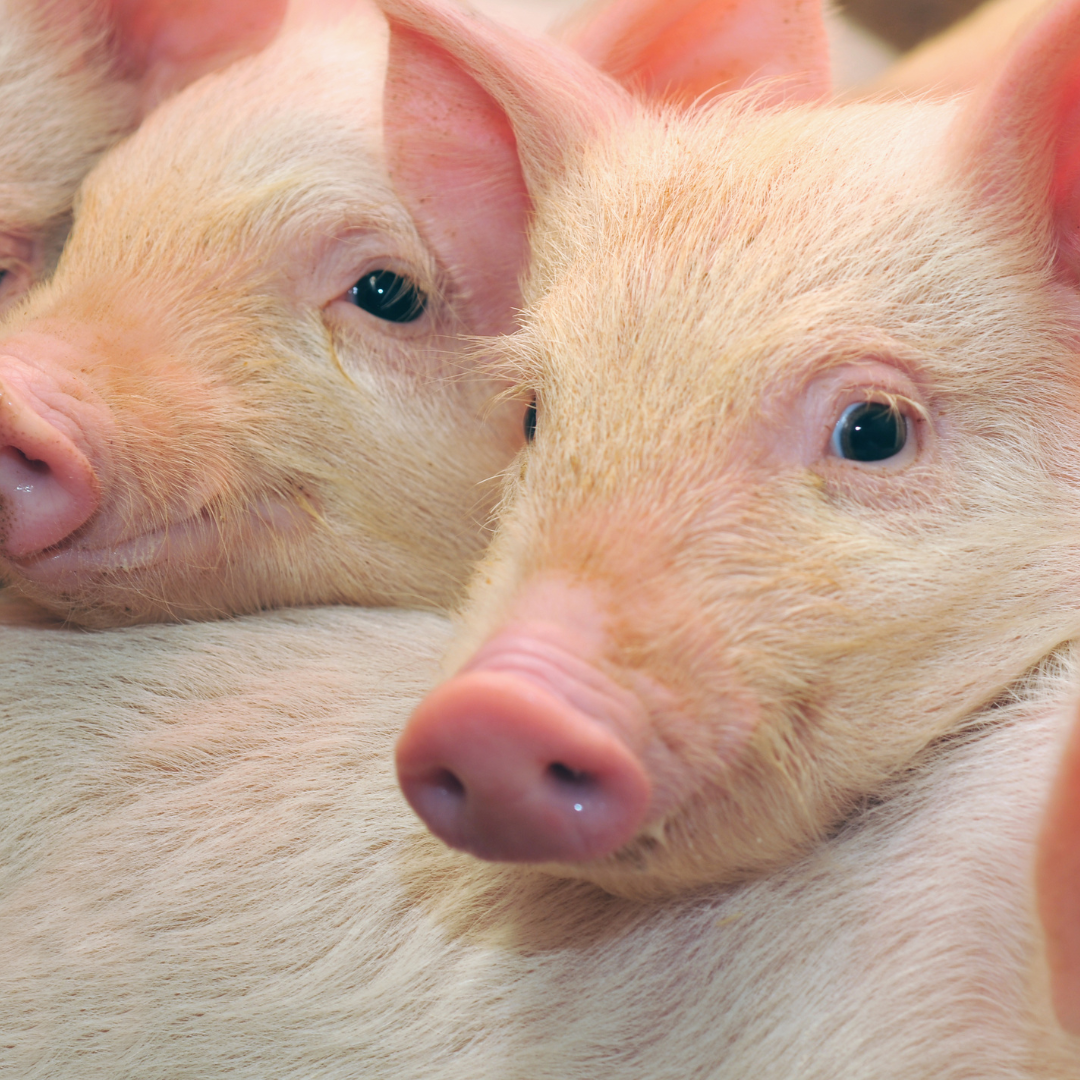4 min read


Advancing Beyond Rodent and Non-Human Primate Models
While rodent models have contributed significantly to our understanding of various diseases and pain management, their differences in anatomy and skin structure can pose challenges in translating findings to the clinic. Translating promising results from rodents to humans can be limiting due to their differences in central nervous systems, skin composition, limited lifespan, and interspecies scaling. For these reasons, it is critical to use large animal species when possible.
Pigs offer closer resemblances to human physiology and are an important large animal model for clinical research. Pigs are important alternatives to non-human primates (NHP) as they offer short lead times, are cost effective, and have similarities to humans. Short lead times allow studies to begin within 4-6 weeks compared to the year-long lead times associated with NHP models. Pigs are also more cost-effective and provide clinically relevant, translational data by mimicking human drug dose volumes and exhibiting similar anatomical and physiological traits to humans.
Pigs Offer Closer Resemblance to Human Physiology
Pig modeling offers advancements in translational drug discovery. Pigs demonstrate substantial similarities to humans across various physiological aspects, including sequence homology, anatomy, metabolism, digestive system, CNS, axonal excitability, epidermal turnover time, and stratum corneum composition. Additionally, their skeletal muscle shares comparable features in terms of contractile, metabolic, and morphological characteristics with humans. The attributes of pigs, including their longer lifespan and greater bodyweight, position them as a more representative model for studying diseases associated with pain and degeneration.
Pain Modeling in Pigs
Pigs exhibit similarities to humans that make them valuable models for various types of pain, including neuropathic pain, inflammatory pain, post-operative pain, and wound healing. Specifically, pigs serve as superior models for nerve damage, replicating similar inflammatory and mechanical responses to humans.
MD Biosciences provides comprehensive solutions for advancing drug discovery, specializing in porcine models tailored for neuropathic pain, post-operative pain, and wound healing studies. These models encompass skin incisions, muscle incisions, and sciatic nerve injury, eliciting pain-related behaviors such as hyperalgesic and allodynic responses while preserving normal locomotion in the pigs. Clinically relevant evaluations, including behavioral analysis, physiological readouts, and biomarkers, are used to assess these pig models. MD Biosciences has a purpose-built facility for assessing behavior in pigs, and has recently developed advanced readouts in gait and thermal analysis. Importantly, these models exhibit responses to common analgesics that are comparable, ensuring their translational relevance to human studies.
Göttingen Minipigs versus Domestic Pigs
The choice between Göttingen minipigs and Domestic pigs for a research study depends on various factors tailored to the specific needs of the program. Considerations include the duration of the study, as the pigs exhibit varying growth rates and maturation timelines, and the required genetic background of the animals, as they can vary in genetic diversity.
The Göttingen minipig is a valuable model in scientific research due to its miniature breed and well-characterized genetic background. These pigs exhibit a slower weight gain rate compared to domestic pigs, allowing for the standardization of size and weight in studies. Göttingen minipigs can be used for longer duration studies, when assessing chronic or age-related conditions. Additionally, their specific pathogen-free status makes them well-suited for toxicology studies. The Göttingen minipig is more beneficial in certain research areas including pharmacology studies, toxicology studies, investigations into skin permeability, and pharmacokinetic studies.
Domestic pigs may present certain challenges in research studies due to their larger size, faster weight gain rate, and greater genetic variability. However, domestic pigs still offer great benefits, are a less expensive choice, and can be used in studies that last up to one month.
References:
A systematic review of porcine models in translational pain research Suzan Meijs, Martin Schmelz, Sigal Meilin & Winnie Jensen. (2021) Nature Lab Animal